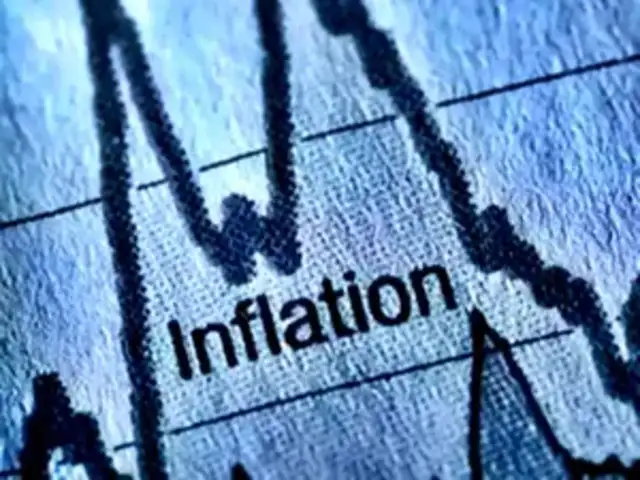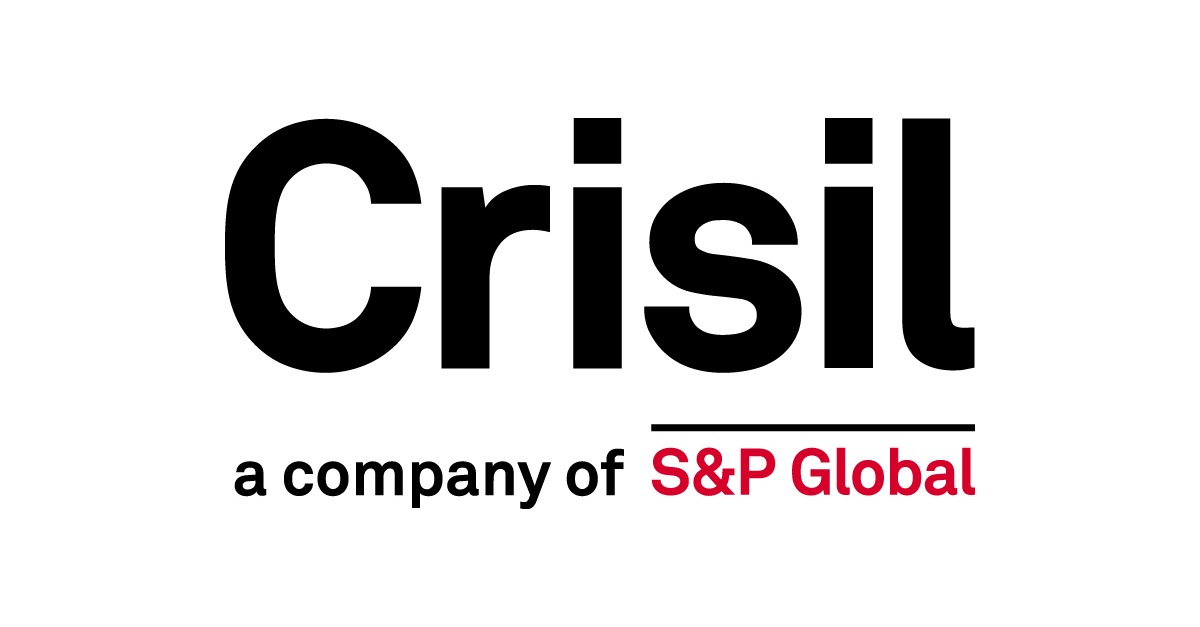 Image Source: The Economic Times
Image Source: The Economic Times
The United Kingdom’s inflation landscape took an unexpected turn in July, as both headline and core consumer price indices (CPI) rose more than anticipated, challenging market expectations and complicating the Bank of England’s monetary policy outlook.
According to the latest data released by the Office for National Statistics (ONS), headline CPI rose by 0.1% month-on-month (m/m) in July 2025, defying the Reuters poll forecast of a 0.1% decline. Meanwhile, core CPI—which excludes volatile components such as energy, food, alcohol, and tobacco—climbed by 0.2% m/m, doubling the expected 0.1% increase.
These figures suggest that inflationary pressures remain more persistent than previously projected, even as the central bank cautiously embarks on a path of monetary easing.
Breaking Down the Numbers
-
Headline CPI (m/m): +0.1% (vs. -0.1% expected)
-
Core CPI (m/m): +0.2% (vs. +0.1% expected)
-
Annual CPI: 3.8% (up from 3.6% in June)
-
Annual Core CPI: 3.8% (up from 3.7% in June)
The July CPI reading marks the highest monthly increase since January 2024, when inflation peaked at 4.0%. Transport costs, particularly airfares, were the largest contributors to the monthly rise, while housing and household services provided a partial offset.
The core CPI uptick is particularly notable, as it reflects underlying price trends unaffected by seasonal or external shocks. This measure is closely watched by the Bank of England (BoE) as a gauge of entrenched inflation.
Policy Implications: A Tightrope for the Bank of England
The inflation surprise arrives just weeks after the BoE voted narrowly to cut interest rates from 4.25% to 4.00%, signaling the beginning of a “gradual and careful” easing cycle. However, the latest CPI data may prompt a reassessment of that trajectory.
Economists are now divided on whether the central bank will proceed with further rate cuts in the fourth quarter. “Sticky core inflation complicates the BoE’s roadmap,” said Sanjay Raja, Senior Economist at Deutsche Bank. “We expect price pressures to soften later this year, but the path to 2% inflation is narrowing”.
The BoE had previously forecast CPI to peak at 3.8% in September before easing into 2026. July’s data suggests that peak may have arrived earlier than expected, but the persistence of core inflation could delay further monetary loosening.
Market Reaction: Sterling Holds Firm
Following the release, the British pound held steady against the dollar, reflecting cautious optimism among traders. Bond yields ticked higher, pricing in the possibility of a slower rate-cut cycle.
Equity markets were largely unmoved, with investors awaiting further clarity from the BoE’s September meeting. Analysts expect the central bank to maintain a data-dependent stance, balancing inflation risks with signs of economic cooling.
Sectoral Insights: What’s Driving Inflation?
-
Transport: Airfares surged, contributing significantly to the monthly CPI rise.
-
Housing & Utilities: Owner occupiers’ housing costs rose 5.5% year-on-year, though monthly growth slowed.
-
Services: Core services inflation rose from 4.7% to 5.0%, indicating wage-driven pressures.
-
Goods: CPI goods inflation increased from 2.4% to 2.7%, reflecting supply chain adjustments.
The divergence between goods and services inflation underscores the complexity of the current environment. While global commodity prices have stabilized, domestic wage growth and service sector costs continue to fuel inflation.
Outlook: Inflation’s Slow Descent
Looking ahead, most forecasters expect inflation to ease gradually, with headline CPI projected to fall to 3.5% by year-end and potentially reach 2.25% by Q4 2026, according to Deutsche Bank models. However, upside risks remain, particularly if wage growth accelerates or geopolitical tensions disrupt energy markets.
The BoE’s next move will hinge on August and September data, as policymakers weigh the trade-offs between inflation control and economic support.
Sources: ONS, CNBC, PwC
Advertisement
Advertisement







